In an exclusive interview to Xinde Marine News, Ms Quah Ley Hoon, Chief Executive at MPA Singapore, highlights Singapore's advanced initiatives in maritime talents, policies, innovations, sustainability services and future development plans.
Xinde Marine News: The Port of Singapore remained open and connected to the world in 2021 despite the ongoing COVID-19 pandemic. Singapore's port performance saw a record high container throughput of 37.5 million twenty-foot equivalent units (TEUs). We know the current major development trends of ports and supply chains are digital transformation and energy service transformation. In what areas of R&D and practice is the Port of Singapore already leading the world? What important medium and long-term plans has Singapore prepared in the port and supply chains development?
Quah Ley Hoon: Maritime Singapore did well in 2021, and credit goes to the collective efforts and hard work including the industry and unions. The Port of Singapore remained open 24/7, continued to provide essential marine services including crew changes, Sea-Air-Vaccination Exercise and Sea Crew Vaccination Initiative, as well as played catch-up port, and thereby playing our role to make global supply chains more resilient. We will continue doing our best and ride through the pandemic with them.
At the same time, we pushed ahead with transforming the maritime sector. First, the digital transformation has gathered momentum over the past two years, partly fueled by the COVID-19 pandemic, and it will continue to step up its pace. Second, the decarbonisation and energy transition for the sector will be key to determining the future of shipping. These are issues that require the entire sector to work together on collective, global solutions.
Let me elaborate on our plans:
(a)
Tuas Port to further enhance our global hub port connectivity and offerings of services. We are consolidating all container port activities from the current terminals to a single location at Tuas in the western end of Singapore. The vision is to build a smart, next-generation port that increases productivity, optimises land use, and enhances sustainability.
When fully completed in the 2040s, Tuas Port will be an automated, smart and greener port, capable of handling up to 65 million TEUs annually. Tuas Port will have electrified automated yard cranes and driverless automated guided vehicles that will transport containers between the yard and wharf, significantly reducing inter-terminal haulage operations, thus making Tuas Port greener with a lower carbon footprint.
The port will also be physically and digitally integrated with key industry sectors in Tuas, which helps to improve efficiencies and build synergy among stakeholders along the supply chain – vessels, cargo owners, and logistics service providers are all within close distance or mouse clicks.
(b)
Digitalisation and technology: MPA will harness digital technologies such as a state-of-art vessel traffic management system and digitalPORT@SG™, a one-stop portal for port clearances and other regulatory transactions, as well as just-in-time services to enhance efficiency of port operations and reduce the turnaround time of ships. To position for the future, MPA has established digitalOCEANS™ (Open/Common Exchange and Network Standardisation) with a network of international partners to jointly develop and harmonise API/data standards for port clearance processes. In addition, the MPA supports a key private-public digitalisation initiative called “SGTraDex”, which aims to facilitate trusted and secured data sharing across trade and supply chain ecosystems.
(c)
Decarbonisation – this will be elaborated in the next question.
(d)
Talent: In the near term, MPA recognises that we must attract the best talent, both local and foreign, to fulfil our vision to be the world's top maritime centre and support the sector's new challenges and expansion plans.
There will be a need to retain and recruit skilled talents into the maritime sector. Promising talents have many opportunities elsewhere, so the industry must adapt to offer a compelling value proposition and proactively showcase the prospects it has to offer. In addition, the sector will have to deploy an attractive package in terms of wages, benefits, and career progression to attract and groom talent with in-demand skills such as operations management, IT/OT (Information Technology/Operational Technology) engineering, cyber security, data analytics, and sustainability.
To equip workers for an automated, digitalised and green future, Singapore has also developed programmes to upgrade the skills of our maritime workforce across various job functions in port operations, shipping (including seafarers), and maritime services. In November 2021, MPA updated the Career Conversion Programme for Sea Transport Professionals and Associates targeted at mid-career switchers and existing Maritime workers who wish to undergo skills conversion and take on new roles in Port Operations, Shipping, and Maritime Services with good career prospects.
With all these in mind and to ensure our maritime sector remains competitive, MPA is working to refresh the Sea Transport Industry Transformation Map to develop a future-ready maritime workforce. This April, more details will be covered during Singapore Maritime Week (SMW), so do join us at SMW!
Xinde Marine News: Singapore also kept its position as the top bunkering port, registering total bunker sales volume of 50.04 million tons in 2021.
Alternative fuels are an important solution for decarbonization in the shipping industry, what is Singapore doing to prepare for the supply of alternative fuels?
In addition, Global Centre for Maritime Decarbonisation (GCMD) was established in August 2021 with founding from the MPA.What is the purpose of the Global Center for Maritime Decarbonisation (GCMD)? and What other actions does MPA take for green shipping? What are MPA's top priorities for sustainable future?
Quah Ley Hoon: MPA is committed to the development of Singapore as a sustainable global hub port. In line with meeting the International Maritime Organization (IMO)'s greenhouse gas emissions target, liquefied natural gas (LNG) serves as a viable transitional marine fuel to reduce carbon emissions from ships in the short-to-medium term.
We will be launching the Maritime Singapore Decarbonisation Blueprint 2050 in the coming months. As a major bunkering hub, Singapore commits to be ready for a multi-fuel bunkering transition.
For a start, Singapore is well-positioned to be the LNG bunkering hub in Asia as MPA continues to grow the supply of LNG bunker. With increasing order books for LNG-fuelled vessels, MPA awarded a third LNG bunker supplier licence in February 2021 to prepare for a foreseeable increase in demand for LNG bunker. As a result, Singapore now possesses an LNG bunker supply capacity of up to one million tonnes per annum, translating to approximately 300 ship-to-ship LNG bunkering operations annually.
Recognising LNG as a cleaner, transitional fuel, MPA also implemented a series of schemes to grow the adoption of LNG. For instance, we offer incentives under the Maritime Singapore Green Initiative to attract ocean-going vessels to call at the Port of Singapore for LNG bunker. Vessels that adopt LNG fuel will receive a 25% discount in port dues during their stay under the Green Port Programme. They also receive an additional 10% concession in port dues when they tap on LNG-fuelled harbour craft services during their port stay. We also worked with industry partners and other government agencies to develop Singapore Technical Reference (TR) 56 for LNG Bunkering. This standard provides a safe, efficient and transparent technical framework for conducting LNG bunkering operations in Singapore, thereby offering greater assurance to local and international LNG bunker buyers and suppliers.
Furthermore, as the world's top bunkering hub, Singapore hopes to share its experience in regulatory sandboxing, standards development, and research expertise in decarbonisation to support the industry's transition into a low-carbon future in line with the goals of the IMO.
MPA has started exploring future marine fuels with our local and international partners to prepare for the future beyond LNG. For example, MPA supports a Biofuel Compatibility study for Singapore harbour craft led by NTU to study biofuels' environmental, technical, operational and economic viability. MPA is also working with international partners in the Future Fuels Port Network to explore harmonising standards for the future marine fuels and coordinating possible joint bunkering pilot runs with identified shipping lines.
MPA has also announced its participation in the Castor Initiative. First formed in January 2020 by MISC, Lloyd's Register, Samsung Heavy Industries and MAN Energy Solutions, MPA and Yara International ASA were subsequently invited to the joint-industry consortium to provide a complete representation from all areas of the maritime ecosystem. The consortium seeks to establish the design and concepts and identify the regulatory requirements relating to an ammonia fuelled tanker. As part of the project, MPA will be sharing its expertise and experience as a bunkering hub and flag state on safety issues and ammonia bunkering procedures and gain access to research capabilities in Singapore.
To coordinate and steer efforts at reducing greenhouse gas emissions, implement decarbonisation strategies and create green growth opportunities for Maritime Singapore, MPA, together with six industry partners, established a S$120 million fund to establish the Global Centre for Maritime Decarbonisation (GCMD) last July. The centre will collaborate with the industry to help reduce greenhouse gas emissions, implement identified decarbonisation pathways, and create new business opportunities. 31 organisations, including shipping companies, classification societies, research centres, energy players and financial institutions, have expressed interest to collaborate with GCMD on joint industry projects that advance the deployment of low-carbon/zero-carbon maritime solutions.
Xinde Marine News: The Singapore Registry of Ships continued to rank amongst top ship registries globally, the total tonnage of ships under the Singapore flag stood at 92.3 million GT, as of December 2021. What measures have been taken to ensure Singapore Registry as a quality flag of choice for international ship owners?
Quah Ley Hoon: The Singapore Registry of Ships (SRS) has been the top five largest ship registries globally since 2011, with a fleet of more than 4000 ships aggregating over 92 million gross tonnage. The SRS has built up a reputation as a quality and responsible registry, known for its reliability, efficiency and professionalism. The SRS is an integral part of Maritime Singapore's ecosystem and supports the development of Singapore's overall maritime cluster by creating greater volume/diversity of shipping activities in Singapore. This attracts more ancillary maritime services companies to Singapore and contributes to Maritime Singapore's development.
To continue to remain as an attractive ship registry, the SRS has introduced various initiatives to elevate service standards and push the frontiers of shipping over the years.
On the service front, the SRS has introduced a 24/7 SRS hotline since 2017 to assist the industry round the clock with ship technical, crewing, and registry-related matters. We also enhanced our e-services to improve our customers' experience and reduce turnaround time. The SRS has also fully implemented electronic certificates to Singapore ships to reduce the administrative burden on ship operators, crew, port State control officials and other stakeholders.
The SRS also offers the Annual Administrative Fee scheme, which provides shipowners with the convenience of paying an annual fee for all ship registration and crew-related services instead of making separate payments per transaction. Other incentive schemes include the Block Transfer Scheme, which offers eligible shipowners a discount on the initial registration fees for the transfer of significant ship tonnage to SRS.
On the industry/shipowners' engagement front, the SRS monitors changes in market demand and ensure that we remain flexible to meet the industry's evolving business needs. The SRS will also continue to engage its stakeholders through company visits, dialogue sessions and the annual SRS Forum to solicit feedback on its services, build relationships and share best practices and latest developments on sustainable and quality shipping.
More recently in November last year, the SRS has launched the SRS Notation. It is an accreditation system for vessels that have done well in four key areas – Smart, Cyber, Welfare, and Green. The SRS is the first ship registry to introduce such an accreditation system, recognising ship owners and operators who adopt new solutions to drive digital transformation, strengthen cyber security, enhance seafarers' well-being, and pursue sustainable shipping. Singapore-flagged ships that fulfil the requirements for each of the SRS Notation categories will be issued with a "Certificate of Recognition". In addition, MPA will publish the details of the vessels and their companies, enhancing the vessel's attractiveness to charterers.
Moreover, the SRS is committed to tackling GHG emissions from Singapore-flagged ships. In 2011, the SRS introduced the Green Ship Programme (GSP) to incentivise Singapore-flagged ships to reduce their carbon footprint. Under the GSP, Singapore-registered ships that adopt energy-efficient technologies and/or low-carbon alternative fuels will enjoy benefits such as reducing their Initial Registration Fees and rebates on their Annual Tonnage Taxes. In addition, the SRS will continue to offer technical guidance and support to our industry partners and shipowners to enable them to develop and undertake pilot trials for alternative future marine fuels, such as ammonia and hydrogen. The SRS will also continue to organise various expert-led industry engagement sessions, such as the annual SRS Forum, on topics such as the green transition in shipping, to facilitate the exchange of information and best practices to build capacity amongst our shipowners.
Xinde Marine News: During the COVID-19, crew change is a very big challenge for the shipping industry. In 2021, the Port of Singapore has made a lot of efforts in this regard to help many seafarers get on and off the ship safely and go home smoothly.
Which of the measures introduced by the Port of Singapore do you think is the most conducive to solving the crisis of crew change? and What are the most difficult problems in crew change currently faced by the Port of Singapore?
Quah Ley Hoon: MPA recognises the critical role that seafarers play in global seaborne trade to keep supply chains open and have successfully rolled out key initiatives in crew change and crew vaccinations to safeguard the health and safety of seafarers sailing onboard ships.
To facilitate crew change so that seafarers need not extend their work onboard beyond their contract and at the same time allow seafarers to board the ship for work, Singapore Shipping Association (SSA), together with MPA, unions and international organisations, established the Shipping Tripartite Alliance Resilience Fund (STAR Fund) to work with seafaring nations to ensure that crew changes are conducted safely.
Recognised as the first global ground-up tripartite initiative on crew changes, the STAR Fund Taskforce developed a CrewSafe audit programme with more than 40 accredited facilities in crew source nations to provide quality control checks for crew change processes across quarantine, medical, and testing facilities. Since March 2020, Singapore has facilitated more than 213,000 crew changes.
To provide seafarers with an additional layer of protection, Singapore was also one of the first countries to prioritise COVID-19 vaccinations for resident and non-resident seafarers under the SAVE and SEAVAX initiatives, respectively. As of January 2022, more than 8,700 foreign sea crew have received at least one vaccination dose in Singapore, comprising 5,200 resident seafarers and 3,555 non-resident seafarers.
Xinde Marine News: The 2022 edition of the Leading Maritime Cities (LMC) report describes, "Singapore holds the top slot for Attractiveness & Competitiveness while also scooping the Maritime Technology title, thanks to the city-state's unrelenting focus on digital transformation."
Can you tell us more about Singapore's strengths in this area and the measures it is taking now and in the future?
Quah Ley Hoon: Singapore is honoured to hold the top slot for "Attractiveness and Competitiveness" in the 2022 Leading Maritime Cities report. Singapore continues to work on our offerings so that companies find it compelling to expand their operations or sink their roots here. We will continue to ensure that our pro-business environment, efficient legal system, highly skilled workforce, developed shipping and logistics industries, pleasant living environment, and stability on the political and economics fronts remain pull factors for companies to choose it as the nerve centre for their operations.
We also recognise that technology has played and will continue to play a pivotal role in helping the maritime sector to remain resilient, especially during the pandemic. MPA works closely with the industry to examine how it can develop and adopt new, innovative technologies for future use. Singapore seeks to be a hub for maritime technology, or MarineTech – a family of technologies driving transformation of the maritime industry through digitalisation, automation and decarbonisation.
For example, MPA spearheaded the annual "Maritime Innovation Challenge (MIC)" in collaboration with SSA, Singapore Maritime Institute, Singapore Maritime Foundation, IPI Singapore and industry partners to identify industry challenges/opportunities and accelerate digital adoption. The MIC sources for innovative ideas and digital/tech solutions from start-ups, technology developers, students and the research communities.
Maritime Singapore has made significant progress on nurturing the start-up ecosystem and entrepreneurship since the launch of PIER71™ (Port Innovation Ecosystem Reimagined @ BLOCK71) initiative in 2018. MPA has attracted over 500 proposals and funded over 30 start-ups to date. The growth of the MarineTech start-up ecosystem in Singapore has been gaining momentum in recent years and was also noted in the LMC report. We plan to increase our support to the start-ups by 5 times as compared to today, supporting 150 start-ups by 2025, and attracting significantly more VC investments in the coming years.
Augmenting our shipbuilding and MarineTech activities is a vibrant and diverse maritime ecosystem comprising strong demand drivers (e.g. Hub Port, IMC and M&O) and a comprehensive array of MarineTech providers and research institutions. MPA accelerates digital transformation of industry through various digitalisation programmes & initiatives such as tech consortium programmes (e.g. digital bunkering consortiums, additive manufacturing consortiums and harbour craft electrification consortiums), MIC, PIER71 and industry adoption programmes (e.g. Sea Transport Industry Digital Plan, Maritime Cluster Fund). Importantly, we nurture an enabling environment for innovation and digital transformation through enablers like regulatory sandboxes (e.g. Living Labs, Maritime Drone Estate), R&D funds and maritime data.
Xinde Marine News: Singapore and China have a close and long-standing relationship. Trade between China and Singapore has been growing rapidly in recent years. Can you briefly tell us what cooperation projects have been undertaken between Singapore and China in recent years in the areas of ports, maritime and shipping? And what are possible areas of future collaboration?
Quah Ley Hoon: Singapore enjoys close partnership with China on the maritime front, be it with our government counterparts or with the industry stakeholders.
In December 2021, MPA and China's Maritime Safety Administration (MSA) inked a memorandum of understanding (MOU) relating to the promotion, acceptance and use of electronic certificates for seafarers and ships between China and Singapore. The MOU expands the existing collaboration on maritime digitalisation between MPA and MSA beyond electronic certificates for ships to include the new area of electronic Certificates of Competency for seafarers. The use of electronic certificates for both ships and seafarers will enhance the efficiency of the port clearance process for China/Singapore-registered ships calling at the ports of China and Singapore, thereby strengthening maritime supply chain connectivity between the two countries.
With digitalisation and sustainability being the current focus of the global maritime industry, innovation and knowledge are critical for a smooth transition of shipping and port operations. At the same time, talent is a key foundation for exchanging of ideas and expertise. Hence, MPA also works closely with China's institutions of higher learning to drive maritime talent and academic exchange. Some of these institutions include Dalian Maritime University and Shanghai Maritime University. MPA has collaboration in place with both universities, where we work together on talent exchange in maritime and marine affairs, which include maritime safety, clean energy in maritime sector, port management, navigational technologies, and environmental management.
In 2015, MPA formed the Port Authorities Roundtable (PAR) to create a platform of choice for top leaders of port authorities to discuss critical issues of mutual interests, exchange best practices and promote closer collaboration. Representatives from the Port Authorities of Ningbo, Guangzhou and Shanghai have regularly participated in the PAR annual event to share insights on pertinent maritime issues such as digitalisation, decarbonisation, safety and security.
Singapore also looks forward to strengthening our collaboration with China under the China-Singapore (Chongqing) Connectivity Initiative (CCI) – New International Land Sea Trade Corridor (ILSTC). The CCI-ILSTC serves as an important multimodal and multifaceted economic link that provides maritime stakeholders, especially the industry, from both sides access to Southeast Asia and Western China's growing markets. An example would be the Beibu-Gulf-PSA International Container Terminal (BPCT), which supports trade growth in the south-western China region and serves the vast hinterlands of Guangxi, Yunnan, Guizhou, Sichuan, Chongqing and Hunan. Connecting the region to key shipping routes which link China to ASEAN countries, East Africa, and the Mediterranean, the BPCT is a vital node of connectivity between sea and rail and contributes significantly to the development of the CCI-ILSTC.
Xinde Marine News: What are you looking forward to in 2022? What would you like to share with the shipping public?
Quah Ley Hoon: The maritime industry is the backbone of global trade. Without shipping, goods cannot flow from country to country. Singaporeans' daily necessities and essential goods are conveyed mainly by sea and come through our ports that operate 24/7. Shipping certainly plays a critical role in the worldwide supply chain. This mission is further accentuated during the ongoing pandemic, where any disruptions in shipping would disrupt the global supply chain. It is a meaningful sector that underpins the survival of everyone.
In the post-COVID world, the maritime industry will continue to face disruption and challenges in decarbonisation, digitalisation and talent recruitment. However, the shipping industry has always been agile, and the pandemic has shown the industry's resilience and versatility. Therefore. I am optimistic that MPA and the maritime sector will work hand-in-hand to tackle the challenges ahead, be it decarbonisation, digitalisation or attracting skilled talent on board.
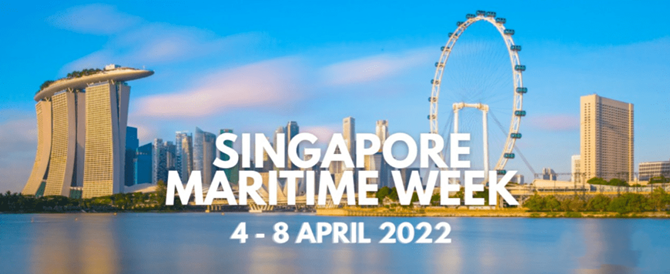
MPA will announce several important initiatives and plans during Singapore Maritime Week (SMW), themed "Transformation for Growth", from 4 to 8 April 2022 to support the sector in overcoming the present and future challenges. For this year's SMW, we will welcome international speakers, industry players, maritime executives to a hybrid SMW and I hope Xinde Marine's readers will keep a lookout for the new, exciting announcements on decarbonisation, digitalisation and talent development during SMW. Join us by registering your interest at
www.smw.sg!
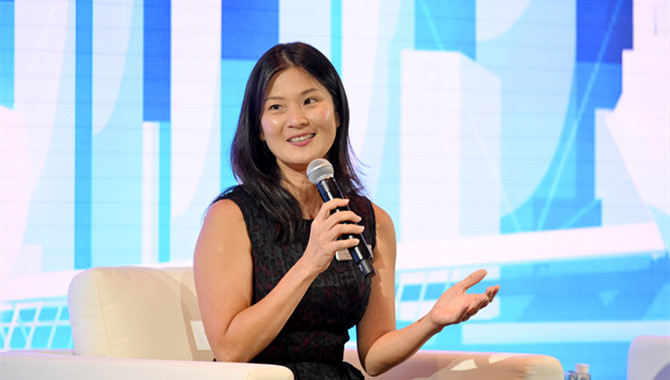

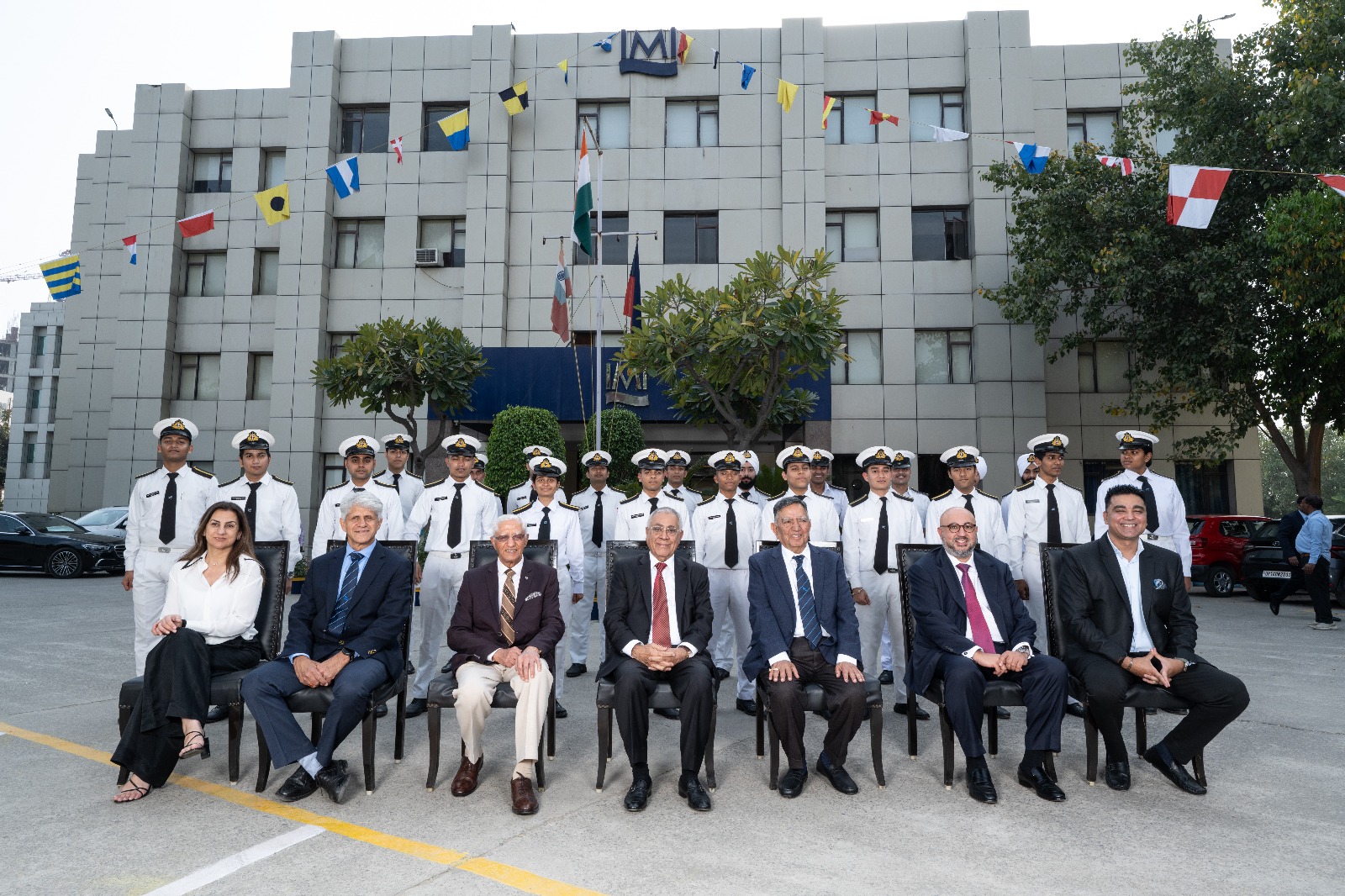 Dr. Harry S. Banga and Mr. Angad Banga of The Carav
Dr. Harry S. Banga and Mr. Angad Banga of The Carav  Liberian Registry Welcomes Kyle Hurst as Senior Vic
Liberian Registry Welcomes Kyle Hurst as Senior Vic 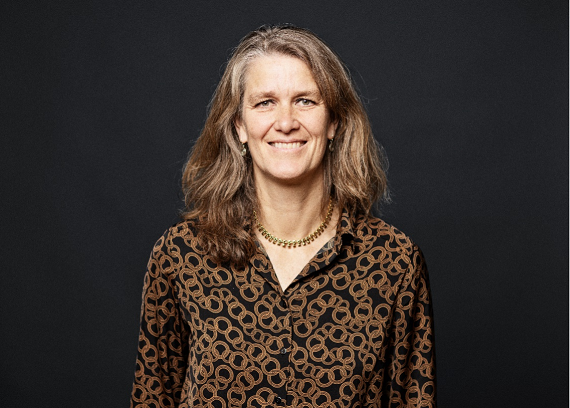 KATALIST: Accelerating Green Shipping through Innov
KATALIST: Accelerating Green Shipping through Innov  Revealing the risks: digital solutions for complian
Revealing the risks: digital solutions for complian 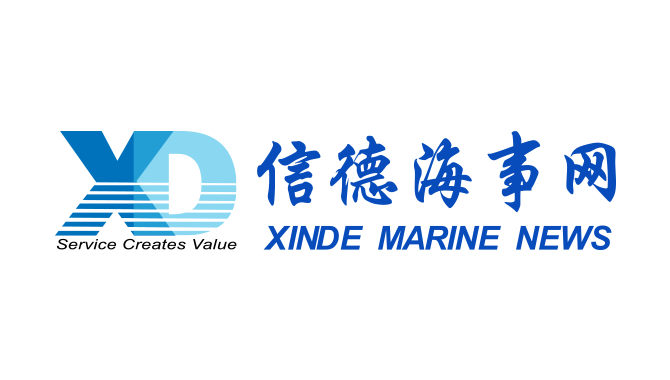 Beibu Gulf Port Chairman Zhou Shaobo Passes Away at
Beibu Gulf Port Chairman Zhou Shaobo Passes Away at 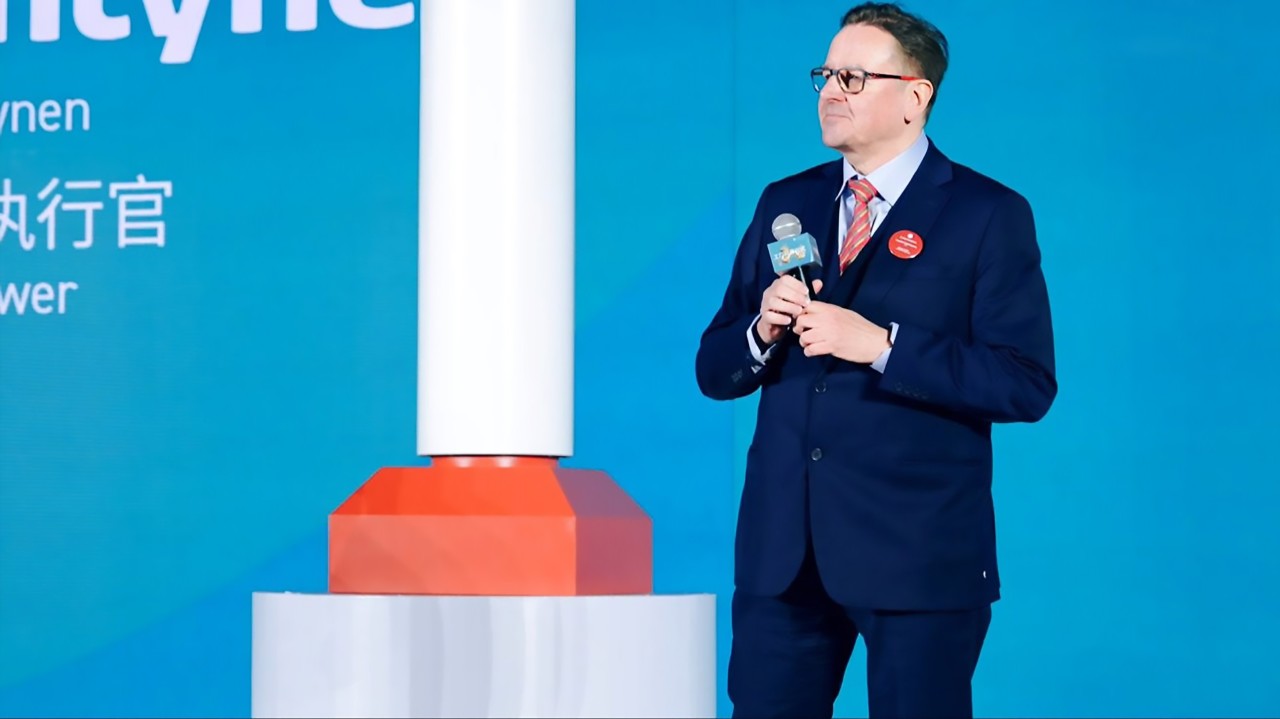 Exclusive Interview with Norsepower CEO: Bringing S
Exclusive Interview with Norsepower CEO: Bringing S